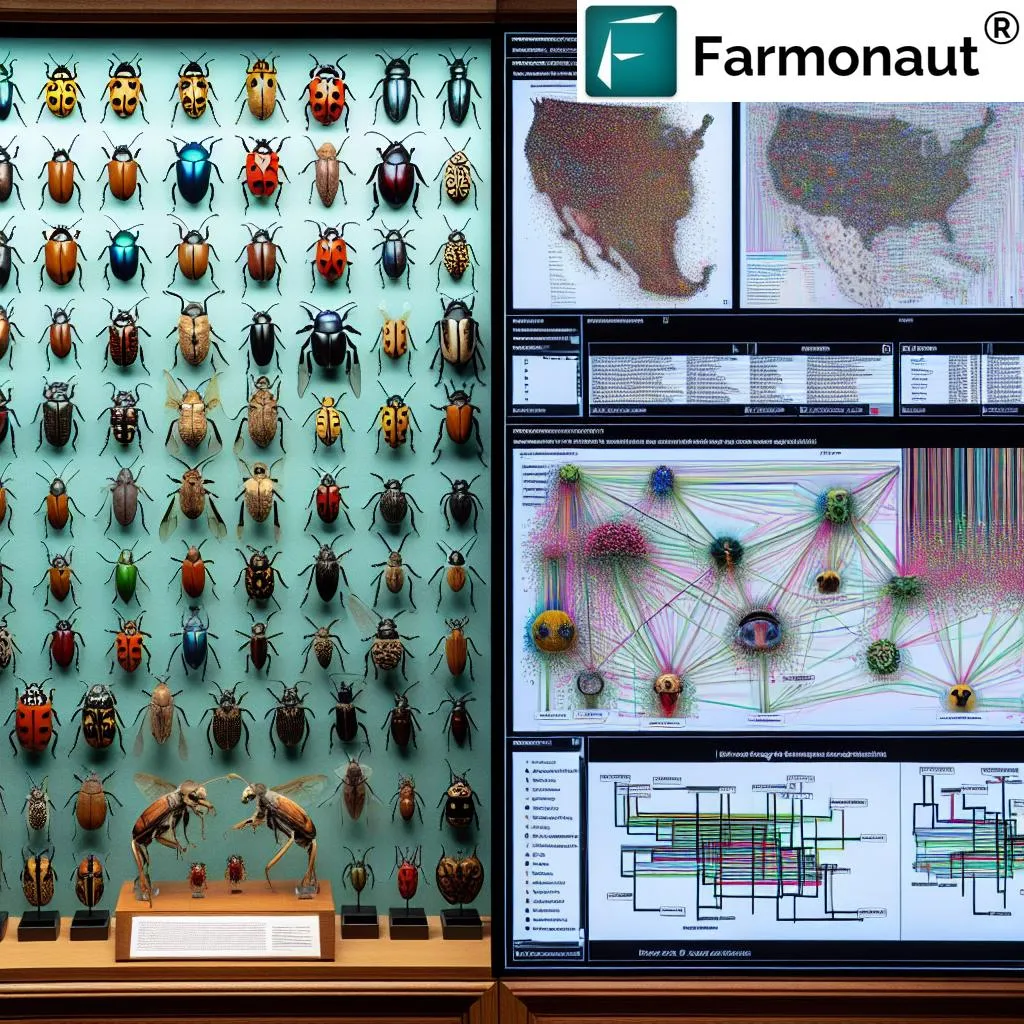In 2016, a group of researchers at Iowa State University envisioned a future where machine learning, a branch of artificial intelligence, could revolutionize the way plant scientists study stress in plants. Their paper, published in the journal Trends in Plant Science, outlined a vision for using emerging tools to analyze the deluge of high-resolution images and sensor data of plants. The researchers, Arti Singh, Baskar Ganapathysubramanian, Asheesh Singh, and Soumik Sarkar, all faculty members at Iowa State, saw the potential for machine learning to extract patterns and features from large datasets, enabling scientists to study plant identification, classification, quantification, and prediction in ways that were not previously possible.
Fast forward to 2025, and that vision is becoming a reality. The same team of researchers, along with many collaborators, has developed a tool called “Pest-ID,” which is helping farmers and growers identify and manage pests of all kinds. The tool was featured at Iowa State University’s booth at the 2025 Iowa State Fair, where curious fairgoers could see for themselves how the tool could instantly identify good, bad, or just plain confusing insects with over 96% accuracy.
Pest-ID is a web-based tool that allows users to upload photos of insects or weeds and receive real-time classification and insight into whether that insect or weed is a pest, pollinator, or protector. The tool provides detailed information about the identified pest, including its scientific name, impact, and management strategies. Users can also type questions into the “Ask our AI” box to receive expert-validated, region-specific integrated pest management recommendations.
The researchers have built this AI tool using expert-developed and -curated bulletins and papers, ensuring scientific rigor in the responses. The tool is backed by a dataset of 150 million images covering insects, weeds, and diseases, which are constantly updated to keep up with new pests and diseases.
The next step in the development of Pest-ID is to expand the tool’s capabilities to the identification of plant diseases and advice for managing them. Arti Singh, an Iowa State associate professor of agronomy, said the team wants to build a one-stop shop for insects, weeds, and diseases. This is not just important to farmers and the extension specialists who work with them. In today’s world of growing populations, extreme weather, and crop pests destroying as much as 30% of food in the field, food security is becoming national security.
The researchers are working with Iowa State Extension and Outreach specialists to share these and other AI-based tools with potential user groups, including 4-H clubs, FFA chapters, and farmers. The team has also built what’s known as “foundation models” for the ag project, which are super-massive models that can be fine-tuned for different tasks. These models are usually built by big AI companies and not university researchers, but the Iowa State team has the expertise to make it work.
The potential applications of these tools extend beyond agriculture. Government agencies are recognizing the value of these models for invasive species management or biosecurity. The researchers are also exploring the use of cyber-physical modeling in agriculture, which has enormous potential to enhance productivity, profitability, and resiliency while lowering the environmental footprint.
The progress made by Iowa State’s team and its collaborators illustrates how far AI in agriculture has come in just nine years. From scientists studying stress in plants using images and machine learning to identify patterns, the team has progressed to describe models of entire cyber-agricultural systems, including digital twins of crops, to inform decisions and enhance crop breeding and sustainable production. The outlook for AI tools in agriculture is indeed very promising.

